Cycling safety tips for riding at night

Image source:Eco-life - Sustainable Cycling
Transportation
Cycling is a fantastic way to stay active and enjoy the outdoors, but riding at night requires extra precautions to ensure your safety. Whether you’re commuting, training, or simply enjoying a nighttime ride, visibility is crucial to prevent accidents and ensure a smooth journey. In this blog, we’ll provide you with essential cycling safety tips for riding at night, so you can enjoy your ride with confidence.
Check the weather for tonight,
Before going out, check the weather tonight. Bad weather is not suitable for riding, especially at night.
Replenish mental and physical strength
Before night riding, you should rest well and maintain sufficient physical strength.
Invest in proper lighting equipment:
One of the most important aspects of night cycling safety is ensuring that you’re visible to others on the road. Equip your bike with a bright front headlight and a rear taillight that are specifically designed for cycling. Choose lights with high lumen outputs and multiple light modes for maximum visibility. Additionally, consider adding reflective stickers or tape to your bike frame and pedals to enhance your visibility from all angles.


Wear high-visibility clothing:
Make yourself stand out by wearing brightly colored or reflective clothing when riding at night. This will make it easier for motorists and pedestrians to spot you from a distance. Reflective vests, jackets, and ankle bands are excellent options for enhancing your visibility. Remember, the more visible you are, the safer you’ll be on the road.
Plan your route:
Before heading out, plan your route carefully. Opt for well-lit roads, bike lanes, or paths with minimal traffic whenever possible. Familiarize yourself with the area and avoid routes that are poorly lit or have high incidences of accidents. By choosing safe and well-lit routes, you can reduce the chances of encountering potential hazards.
Ride defensively:
When cycling at night, it’s crucial to adopt a defensive riding style. Assume that other road users may have difficulty seeing you, and always be prepared to react quickly. Stay alert, keep both hands on the handlebars, and be mindful of your surroundings. Anticipate the actions of motorists, pedestrians, and other cyclists, and be prepared to adjust your speed or direction accordingly.
Slow down and be cautious:
Reducing your speed during nighttime rides is essential for safety. Since visibility is limited, it becomes harder to spot potential obstacles or hazards on the road. By riding at a slower pace, you’ll have more time to react and avoid accidents. Pay extra attention to potholes, debris, or any sudden changes in the road surface.
Use hand signals:
Proper communication is essential, especially when riding in low-light conditions. Signal your intentions using clear hand signals to let other road users know your intended direction or upcoming maneuvers. This practice will help prevent confusion and reduce the risk of collisions.
Stay alert and minimize distractions:
Avoid using headphones or engaging in activities that distract you from the road while cycling at night. Your senses are vital for detecting potential dangers in low-light conditions, so it’s important to stay fully alert. Keep your focus on the road ahead and be mindful of any sounds or movements around you.
Check and maintain your bike:
Before embarking on a nighttime ride, ensure that your bike is in optimal condition. Check your brakes, tires, and gears to ensure they are functioning correctly. A well-maintained bike performs better and reduces the chances of unexpected malfunctions while riding at night.




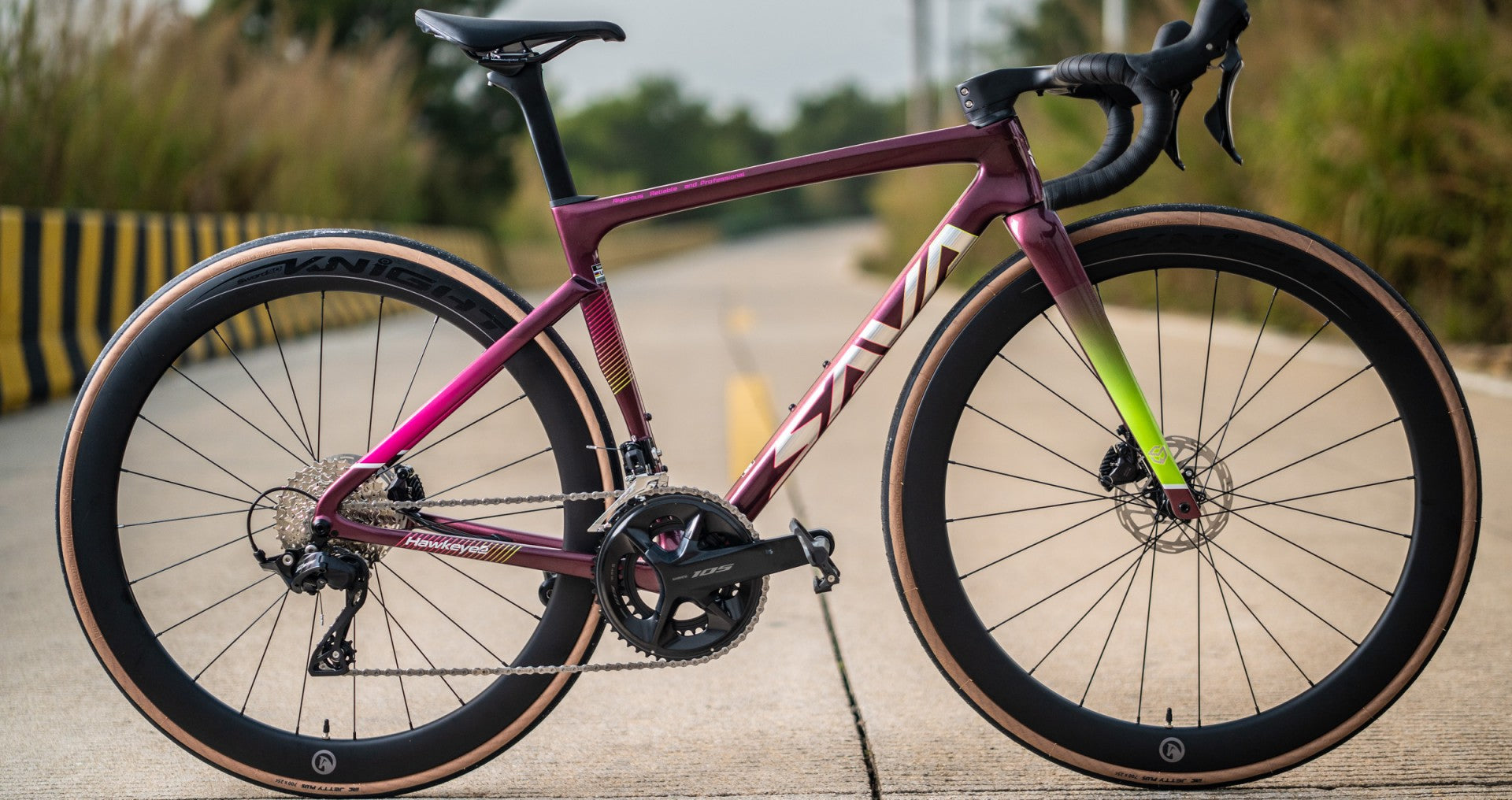
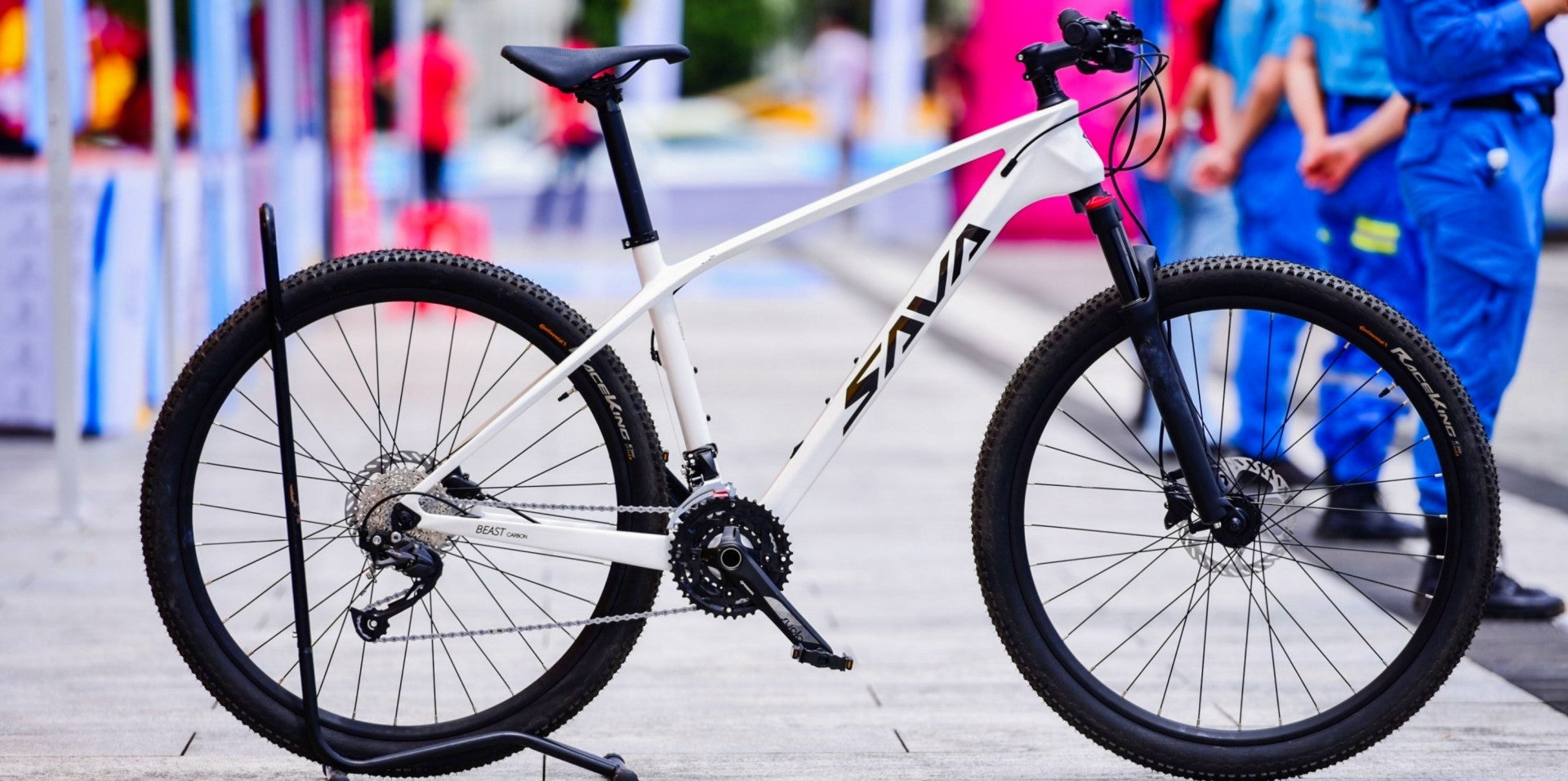
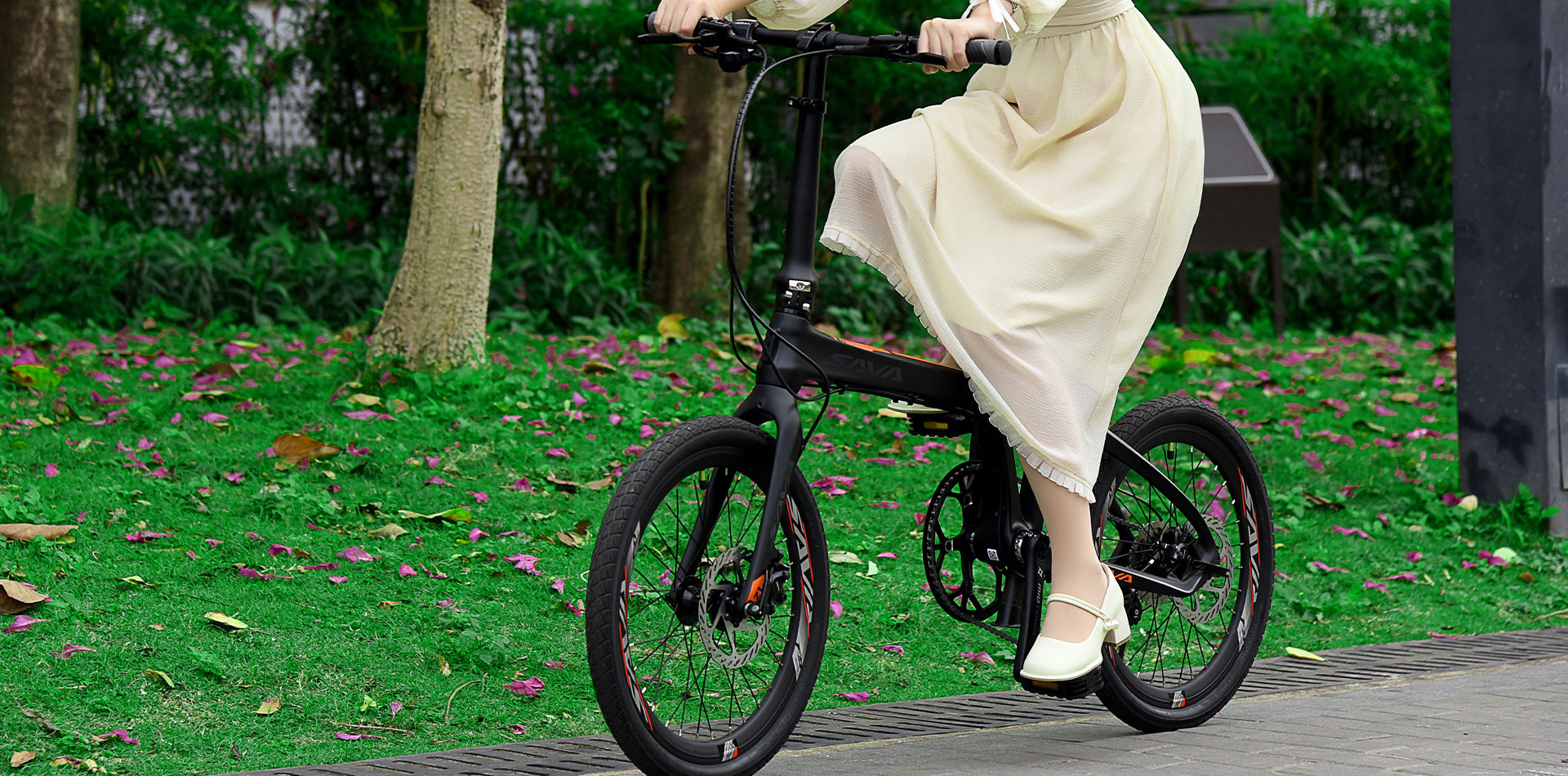
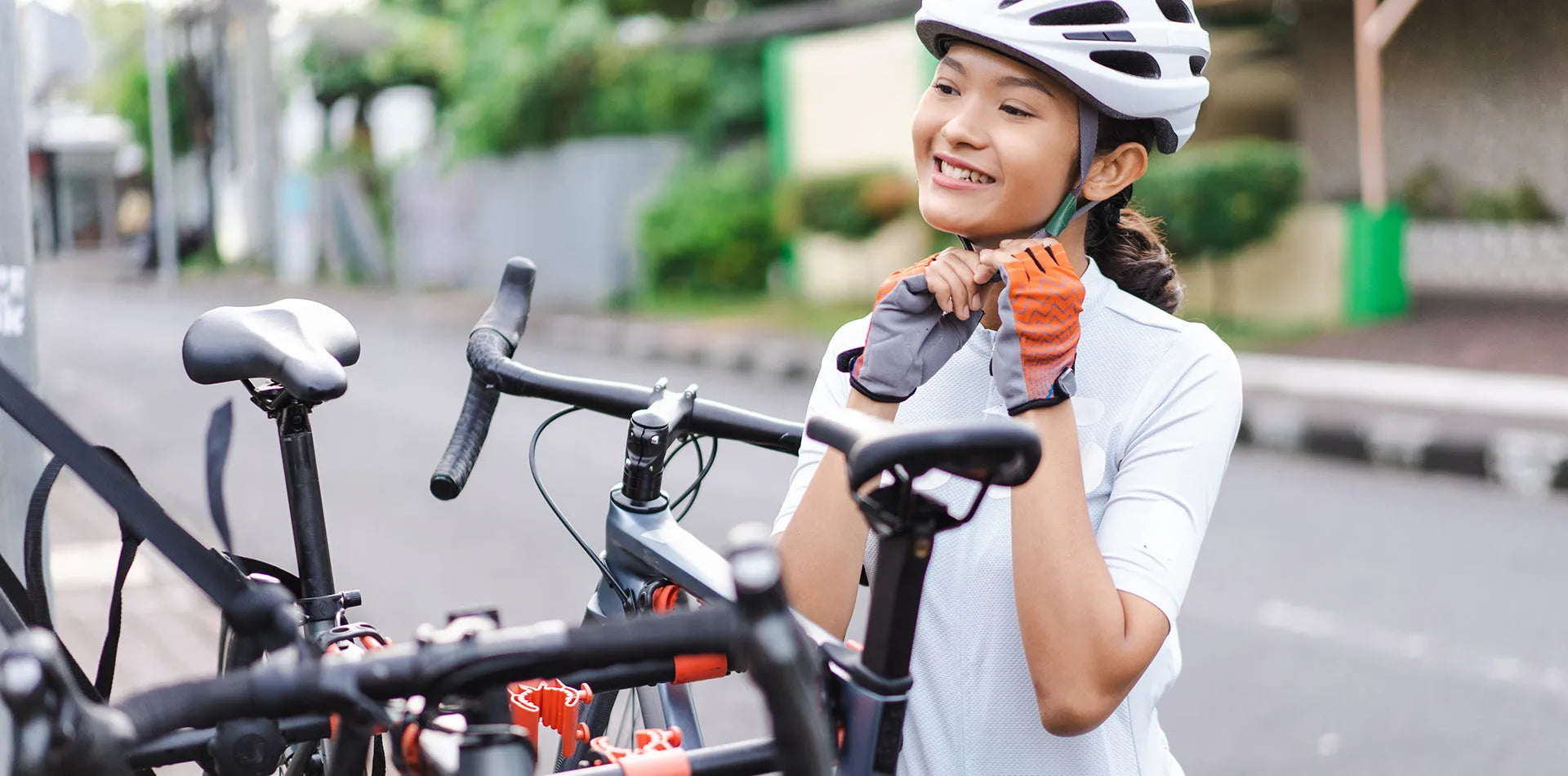
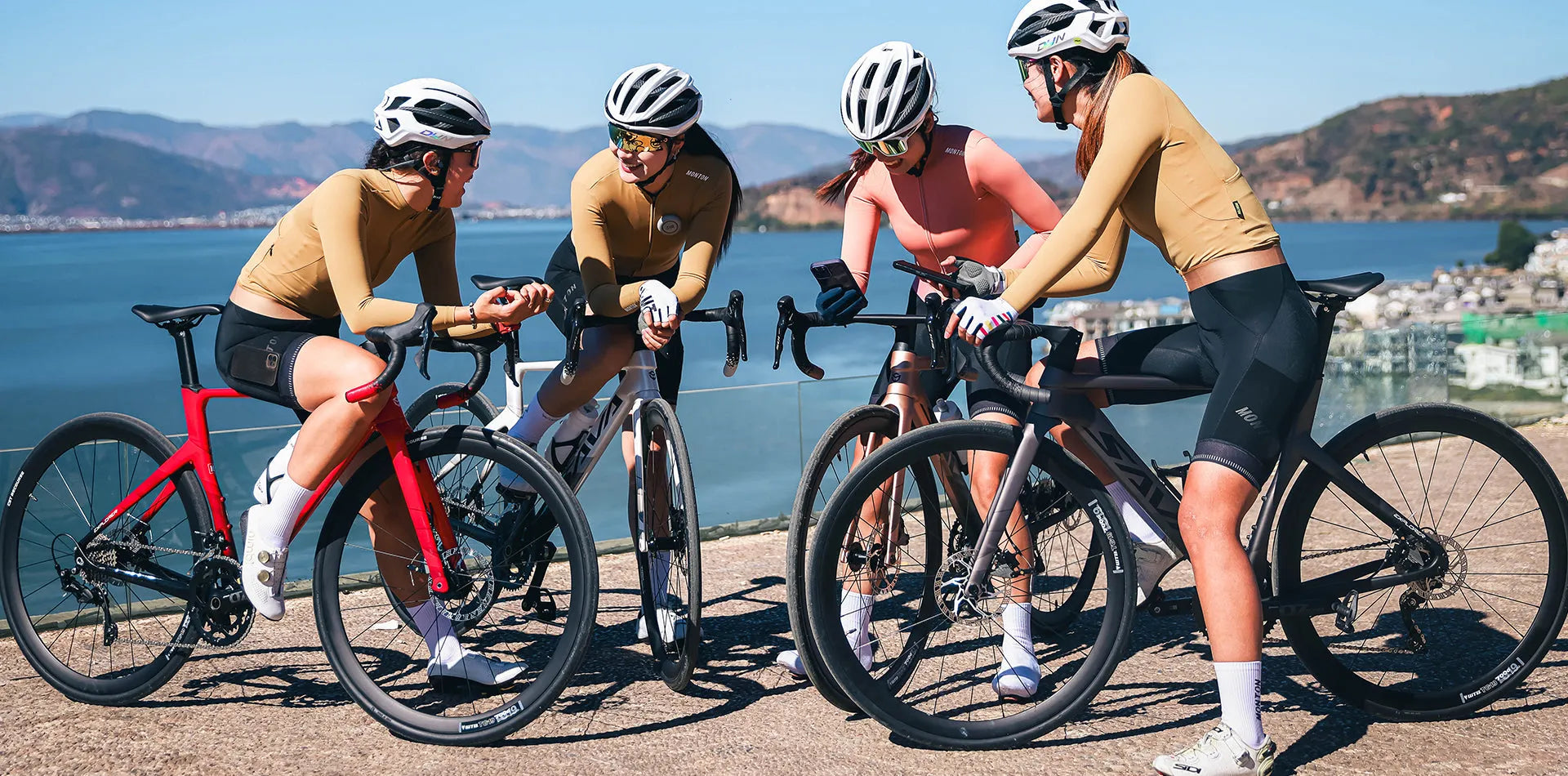
Leave a comment